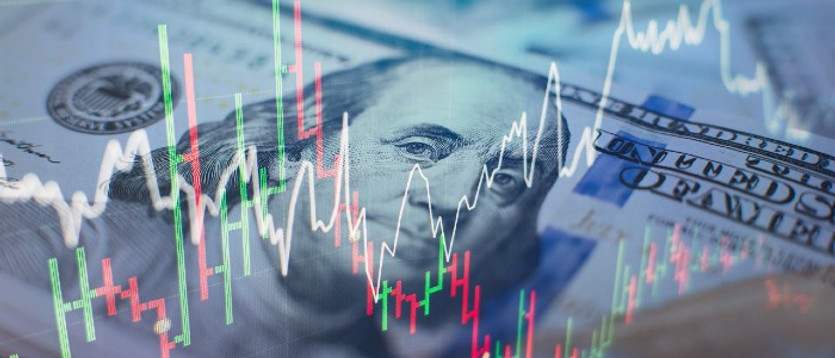After last Friday the head of the FRS Powell confirmed the intention of the leadership of the American central bank to resolutely fight against high inflation, the dollar strengthened sharply, starting this week on a positive wave. Dollar buyers helped its DXY index reach yesterday a new local almost 20-year high of 109.44. "It will take several years to get back to 2% inflation," New York Fed President and FOMC member John Williams said today.
In fact, he repeated Powell's Friday speech (at the opening of the economic forum in Jackson Hole). Williams' key takeaways are that inflation is still too high, financial conditions have tightened quite a bit since the beginning of the year, and this tightening is in line with the Fed's policy direction.
Market participants are already taking into account the further increase in the Fed's interest rates in prices. Nevertheless, the DXY dollar index cannot confidently gain a foothold in the zone above 109.00. Something is still worrying investors. This is probably a huge public debt of the United States, which is very close to the mark of 30 trillion. dollars, or increased risks of recession in the US. As follows from the second estimate released last week, US GDP contracted by -0.6% in the 2nd quarter of 2022, after falling by -0.9% in the 1st quarter. Although the US government does its best to avoid this word, but by definition, a recession is a relatively moderate, non-critical decline in production or a slowdown in economic growth, where the decline in production is characterized by zero growth in gross national product (stagnation) or its fall for more than six months. If so, tightening monetary policy by raising interest rates in a recession is suicidal. It is possible that before the end of this year, the Fed will again have to move from tightening to easing its monetary policy. Moreover, during the primary elections to the US Congress (in early November), Biden and the Democrats will have to somehow explain the sharp deterioration in the economic situation in the United States.
If the Fed really has to slow down the process of tightening its policy or even reverse this process, then a new cycle of falling dollar cannot be avoided.
It still maintains positive momentum and potential for further growth, after Powell gave it a boost with his statements regarding the Fed's policy outlook.
Confirmed breakdown of the local resistance level 109.00 will be a signal to increase long positions in DXY futures with the prospect of growth towards multi-year highs of 121.29 and 129.05, reached, respectively, in June 2001 and November 1985, as we noted earlier.
And this week, investors will be closely watching the traditional Friday publication (at 12:30 GMT) of monthly data from the US labor market in order to better assess the prospects for the Fed's monetary policy. It is expected that in August the US economy (in the non-farm sector) was created 285 thousand new jobs, and unemployment remained at 3.5%, the same as in July. These are the lowest levels of unemployment over the past few years, correlated with pre-pandemic levels.
In general, the figures can be called encouraging. The data shows continued improvement in the US labor market, and before the coronavirus, the US labor market remained strong, indicating the stability of the US economy (data from the labor market, along with data on GDP and inflation, are key for the Fed in determining the parameters of the current credit monetary policy).





